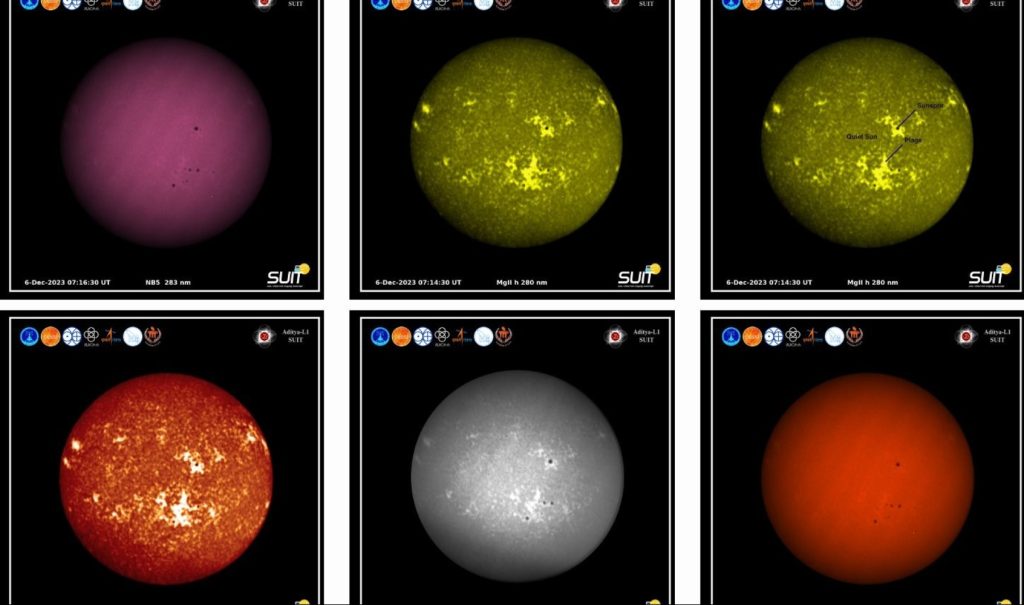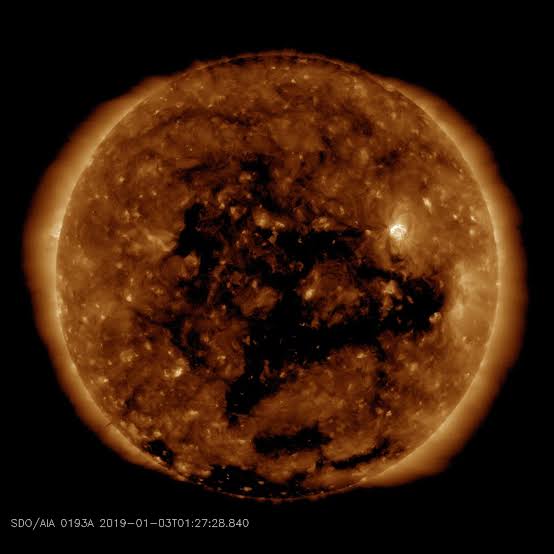Positioned in a halo orbit around the Lagrangian point L1, approximately 1.5 million kilometers from Earth, the spacecraft captures various aspects of the Sun.

Pic: Social Media
In the realm of space exploration, our understanding of the Sun takes a giant leap forward with the Aditya-L1 mission. This breakthrough technology allows scientists and astronomers to delve deeper into the Sun’s dynamic behavior and gain insights into its complex processes. To subscribe please click tau.id/2iy6f and access our live channel.
DON’T MISS: UPSC Mains Result 2023
The Solar Ultraviolet Imaging Telescope (SUIT) instrument on board the Aditya-L1 spacecraft has successfully captured the first full-disk images of the Sun in the 200-400 nm wavelength range. SUIT captures images of the Sun’s photosphere and chromosphere in wavelength range using various scientific filters.
On September 2, Aditya-L1 was launched by PSLV-C57, and placed the satellite precisely into its intended orbit. On November 20, 2023, the SUIT payload was powered on. Following a successful pre-commissioning phase, the telescope captured its first light science images on December 6, 2023.
These unprecedented images, taken using eleven different filters, include the first-ever full-disk representations of the Sun in wavelengths ranging from 200 to 400 nm, excluding Ca II h. The full disk images of the Sun in the Ca II h wavelength has been studied from other observatories.
Among the notable features revealed are sunspots, plage, and quiet Sun regions, as marked in Mg II image, providing scientists with pioneering insights into the intricate details of the Sun’s photosphere and chromosphere.
SUIT observations will help scientists study the dynamic coupling of the magnetized solar atmosphere and assist them in placing tight constraints on the effects of solar radiation on Earth’s climate. The development of SUIT involved a collaborative effort under the leadership of the Inter-University Centre for Astronomy and Astrophysics.




